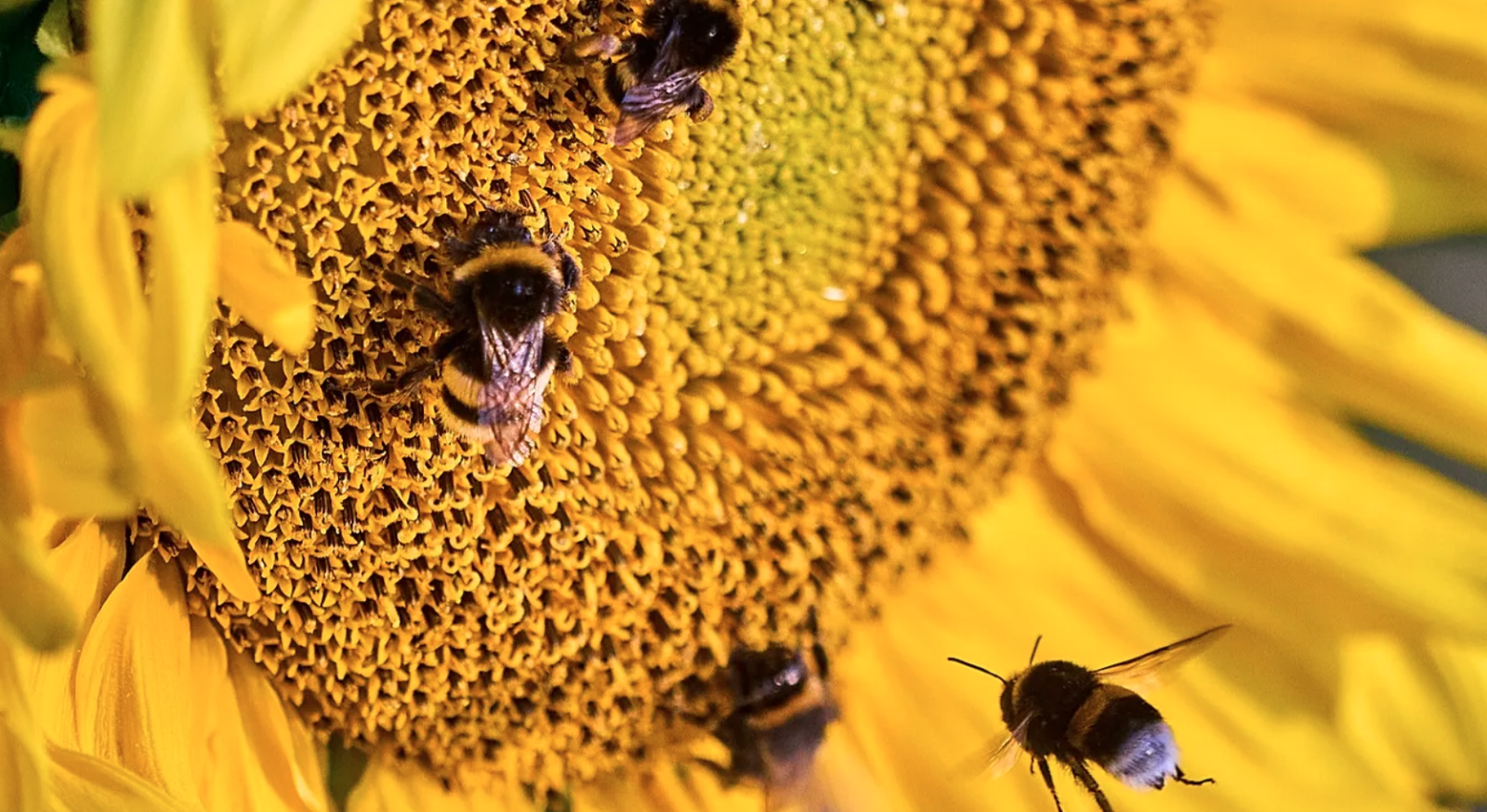
Bumblebees play a crucial role in maintaining healthy ecosystems — pollinating crops and wild plants that sustain both people and wildlife. Yet across Europe, their numbers are in steep decline due to climate change and the destruction of natural habitats.
A new study, published in Global Change Biology, has found that solar farms could become valuable allies in reversing that trend by offering much-needed feeding and nesting grounds.
Why bumblebees are disappearing
Bumblebee populations have been shrinking worldwide. Research published in Nature in 2023 estimated that between 38% and 76% of European species currently listed as "Least Concern" may lose at least 30% of their suitable habitat by the late 21st century. In the UK, 2024 marked one of the worst years on record for bee numbers, according to the Bumblebee Conservation Trust.
Their decline stems from multiple pressures: intensive farming, habitat fragmentation, invasive species, and the spread of disease. Climate change adds further stress, intensifying extreme weather patterns that disrupt breeding and foraging cycles.
Turning solar fields into wildlife havens
The latest study — described as the first of its kind to explore the biodiversity potential of solar farms — examined how these renewable energy sites could serve as sanctuaries for bees.
Researchers from Lancaster University analysed over 1,000 operational solar farms across Great Britain, building a high-resolution computer model to simulate bumblebee foraging and population trends under various future land-use scenarios.
"The model predicts how bees navigate and use these landscapes based on available foraging and nesting resources," explained Dr Hollie Blaydes, the study's lead author. "It's unusual to see this level of ecological detail in such modelling."
Their findings suggest that if solar farms are planted with wildflowers and managed to support biodiversity, bumblebee numbers within these sites could more than double compared with those surrounded by conventional turf.
A patchwork of "bee refuges"
While the positive effects were mostly confined to the solar farms themselves, the study found that wider landscape planning will be key. Individual sites alone are unlikely to offset the broader impacts of land-use change.
As solar infrastructure expands across Europe to meet renewable energy targets, the researchers say policymakers should prioritise "strategic siting" — linking solar farms with nearby natural habitats to form ecological corridors.
"Solar farms can serve as safe havens for bumblebees today and in the future," said Dr Blaydes. "If designed and managed with biodiversity in mind, they could help counter habitat loss — but they can't solve the crisis on their own."